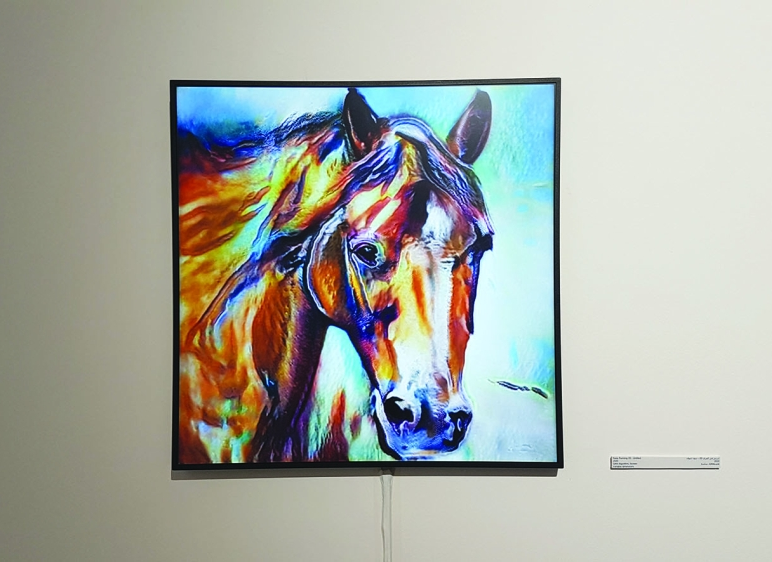Known for its super-fast internet speeds, automated convenience stores, innovative smart cities and industry-leading tech companies (think Samsung and LG), South Korea is without a doubt one of the techiest destinations in the world. So get ready to get your geek on and experience the country’s technological prowess first-hand at these ultra-futuristic attractions.
1. INCHEON INTERNATIONAL AIRPORT (Building)

2. SAMSUNG D’LIGHT (Museum)
Unlike many museums, which generally paint a picture of the past, Samsung d’light enables visitors to better imagine the role technology might play in our world in the next decade and beyond. Instead of simply featuring how its products convey its vision, Samsung Electronics demonstrates how its devices and solutions are changing the way we live through a series of immersive activities. The “Sense” area, for example, lets visitors utilize gestures to interact with cutting-edge mirror displays, while the “Home of the Future” exhibition uses augmented reality to illustrate how the Internet of Things will make everyday life more convenient and connected. The future is here!

3. VR PLUS (Cafe, Fast Food)
As South Korea’s very first virtual reality café, VR Plus is dedicated to showcasing the latest and greatest form of entertainment to the public, offering multiple virtual experiences that visitors can try out for a small fee. Go on a wild ride on the VR coaster or try out the HTC Vive headset, which is currently rated one of the best in the industry. Just be sure to pack a few motion sickness pills, as some of the experiences can be a bit dizzying.
4. ROBOT MUSEUM (Museum)
Let your inner geek run wild at Seoul’s Robot Museum. Here, exhibitions invite visitors to follow the development of robots, from the earliest models to the highly complex AI designs of today. Learn about the aspirations and inspirations of developers and designers as you explore a number of interactive displays created under the theme of “Entertoyment,” a concept centered on advancing conventional education and entertainment through the technologies of tomorrow.

5. K-LIVE (Concert Hall)
6. DJI ARENA (Sports Center)
Looking to take your drone for a spin in the world’s techiest country? Then look no further than the DJI Arena. The 15,000-square-foot complex provides a space for aerial enthusiasts as well as novice users to pilot their toys. The venue offers an adjustable LED-lit circuit for visitors wanting to advance their skills, LCD TVs that display the first-person view from the drone, and a maintenance room furnished with charging docks as well as a workstation for minor repairs. Visitors are required to make reservations by emailing djiarena.kr@dji.com, and should include their name, expected date and time of arrival, and number of visitors. Each booking session is for three hours of practice time and the entrance fee is 15,000 won (US$13) per person per session. Participants are required to bring their own drones.

7. T.UM – SK TELECOM (Museum)
8. YONGSAN ELECTRONICS MARKET (Market)

By Mimsie Ladner






Leave A Comment
You must be logged in to post a comment.